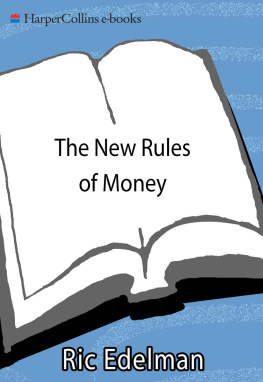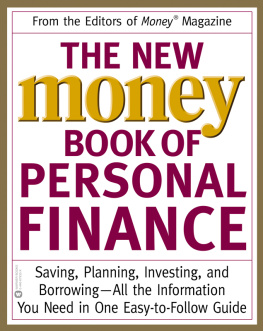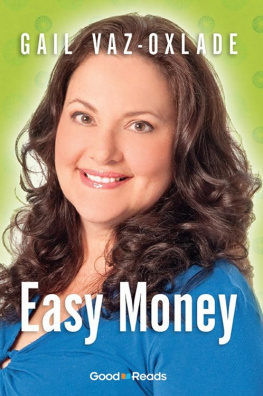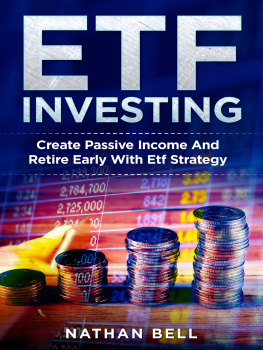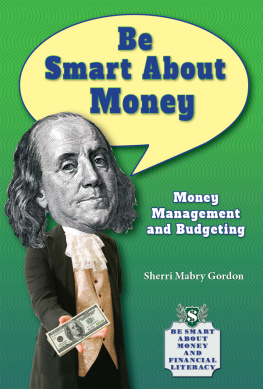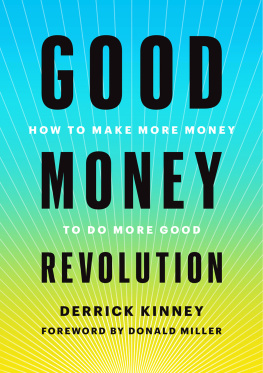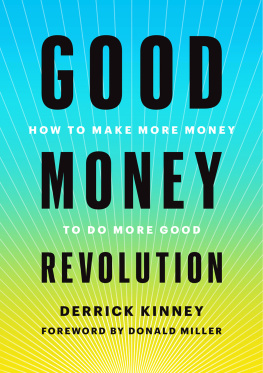GET UNSTUCK
get unstuck
CREATE A LIFE NOT LIMITED BY MONEY

Get Unstuck
Author Ben Nash
Ben Nash 2018
www.pivotwealth.com.au
The moral rights of the author have been asserted
All rights reserved. This book may not be reproduced in whole or part, stored, posted on the internet, or transmitted in any form or by any means, electronic, mechanical, photocopying, recording, or other, without permission from the author of this book.
The material in this publication is of the nature of general comment only, and does not represent professional advice. It is not intended to provide specific guidance for particular circumstances and it should not be relied on as the basis for any decision to take action or not take action on any matter which it covers. Readers should obtain professional advice where appropriate, before making any such decision. To the maximum extent permitted by law, the author and publisher disclaim all responsibility and liability to any person, arising directly or indirectly from any person taking or not taking action based on the information in this publication.
The author is not affiliated with and does not endorse any of the corporate entities mentioned in or involved in the distribution of this work, or any third party entities whose trademarks and logos may appear on this work.
All names used in this book have been changed to preserve privacy.
Editing by: Tamara Protassow and Tanja Gardner
Cover Design by: Vyrne Gullery
Images: Jason Malouin
Internal Design by: www.AuthorSupportServices.com
Printed and Bound in Australia by: Ingram Spark.
ISBN: 978-0-9876158-9-3 (paperback)
eISBN: 978-0-6483917-0-8 (e-book)

For Yang
Contents
Introduction
My interest in money started by chance the day my nan gave me a book. The book was Rich Dad, Poor Dad by Robert Kiyosaki, and I was drawn to the simplicity with which Kiyosaki explained financial concepts Id previously found confusing.
This book sparked an interest, and Im a bit of a reader so I started buying up all the personal finance books I could get my hands on. Shortly afterwards, I decided to go back to uni and study finance. That led to a graduate role in a traditional blue chip money management company that helped rich people get richer.
I enjoyed the work: every day was different. I got to work with some interesting high-profile peeps, and everything went along swimmingly. Then, a few years later, I left that company to join a small business in the Sydney CBD that focused on working with first home buyers.
When I started in the industry, Id enjoyed helping people use the rules to keep more of their money. But theres something slightly more rewarding about helping people buy their first home and set up their familys (or potential familys) future than there is about helping some super-rich dude save $200k in tax so he can buy a bigger boat.
I joined this small business to build their financial advice arm, so I went to work creating a service that would be valuable to people in their 20s and 30s. I asked our clients about the problems they were facing; and, while everyones situation was unique, I definitely saw some common themes in their problems, including:
Being overwhelmed by too many options and too much information
Not being able to effectively balance financial success and enjoy an epic lifestyle at the same time
Being time-poor and not wanting to waste their precious spare time doing something they werent good at and didnt enjoy
They didnt know what information was important or what to do with the information they had. They were scared of doing the wrong thing, so they did. NOTHING!
Its so easy to fall into what I call the inaction trap with money. Most financial benefits only come from taking ACTION. So if you fall into this trap, you end up missing the opportunity to get your income, savings and investments all working harder for you and moving you closer to the lifestyle you want.
Once I recognised this, I created a financial planning and advice service to help people solve these problems. Id look at their income and spending, plus what was left over and their existing assets, and help them to create a strategy for putting their money to work. The output was a plan that showed them the path from where they were that day to the money (and non-money) results they wanted.
And when I first started doing this, I looked at the numbers and got really excited.
I could see that my plan gave my clients the potential to very quickly grow their savings, investments and assets. I was stoked. They were going to grow some epic cash over time, which meant they could live a great lifestyle.
Then, when I showed my clients the plan, I could see their excitement build as they imagined all the things they could do with this cash. I asked them about the difference this money would make to them, and they started telling me about all the things they wanted to do. The epic trips overseas. The ability to look after their parents. The flexibility around their work. And the list went on.
I told them how much theyd need to save to make the plans happen, and what to do with their savings to get the results in their plan. Then I normally suggested we book in another check-in with them in six months time.
In the month before the first check-in was scheduled, I found myself imagining the meetings in my mind. I pictured big congratulations, high fives, maybe even a bear hug or two. I figured my clients would be so happy with their progress from saving almost nothing to crushing it that they might even consider naming their firstborn after me.
That wasnt what happened.
I still remember the first meeting. As the clients came into the office and I greeted them, there were no high fives. The clients were fairly quiet, though, so I just chalked it up to personality.
When we sat down, I was all smiles. They, however, werent. In fact, they looked nervous and a little upset. Definitely no bear hugs or offers to name their children after me. And when I asked the clients how they were going, they said, Not well.
Concerned, I asked more questions; and they went on to tell me about the long list of things that had come up and stopped them getting the results they needed. It felt like a confessional. I could tell my clients were frustrated.
Then, when I looked at the numbers, I could see my clients werent on track. They werent even close. Theyd increased their savings a tiny bit, but also increased spending on credit. Overall, theyd gone BACKWARDS. I was shocked.
We talked about the impact of this setback, and I showed them the disastrous effect that continuing on this path would have on their original plan. They werent happy, but they told me that these issues were one-off exceptions, and wouldnt be an ongoing thing.
So we reset their strategy and targets, and confirmed what theyd need to do over the next six months to get back on track. By the end of the meeting, my clients were feeling much better, and they left once again pumped up to go out and get their planned results.
This was only my first review meeting, so I figured it was a one-off. But, over more and more meetings, I discovered that the majority of my clients also werent on track. They all had similar stories about what had come up to stop them sticking to the plan wed set. Their reasons were different: little Jimmy needed special shoes, they had an emergency getaway to reduce stress levels, or they NEEDED a new wood-fire pizza oven for their house. But very few of my clients had hit the targets theyd set for themselves.
Next page

